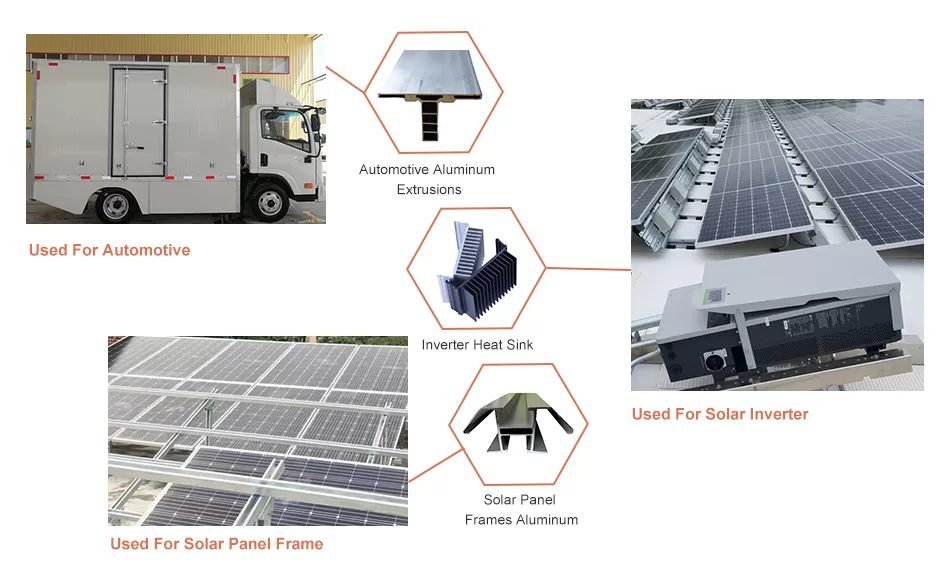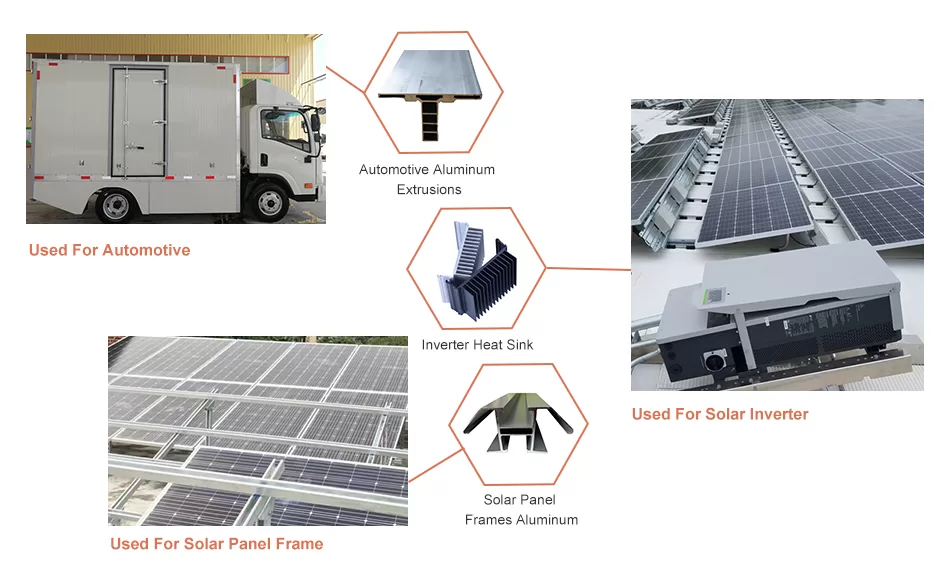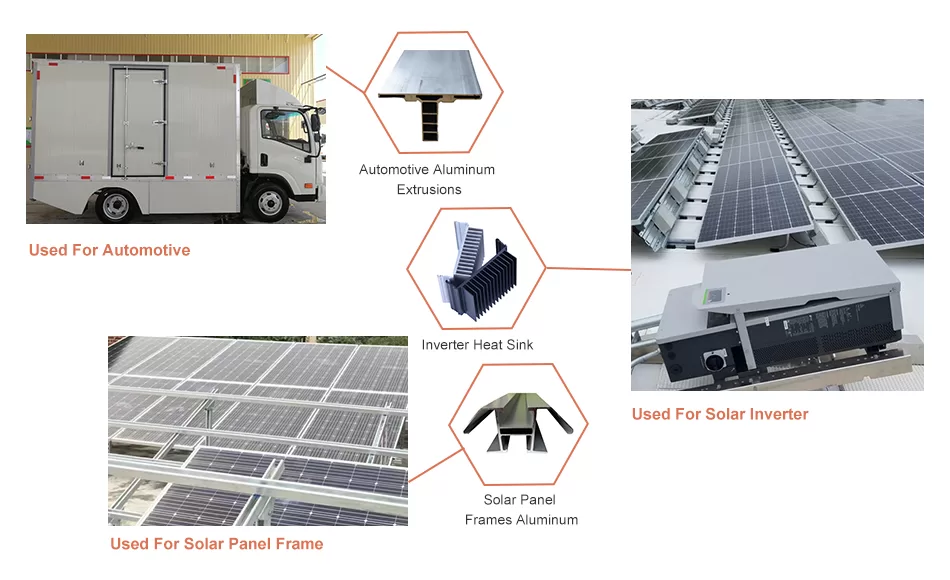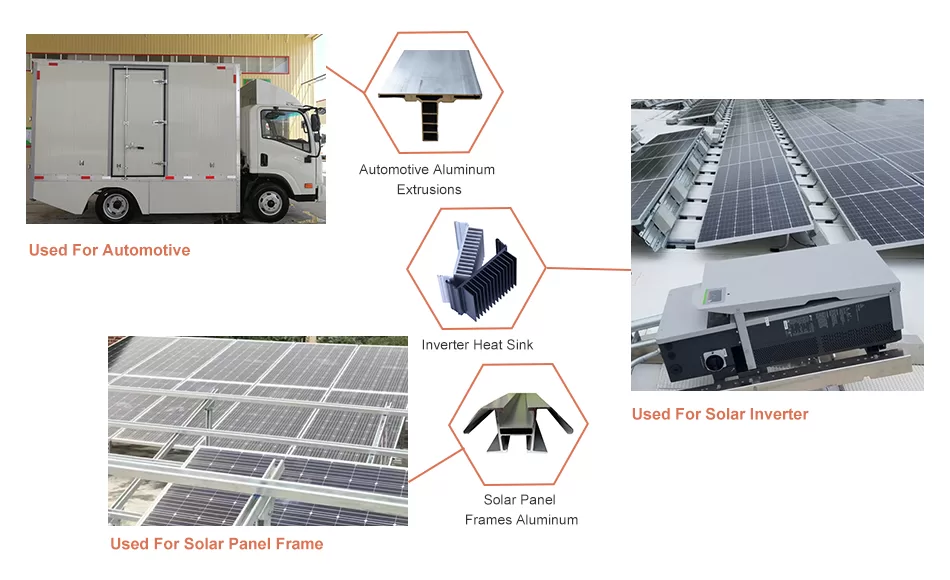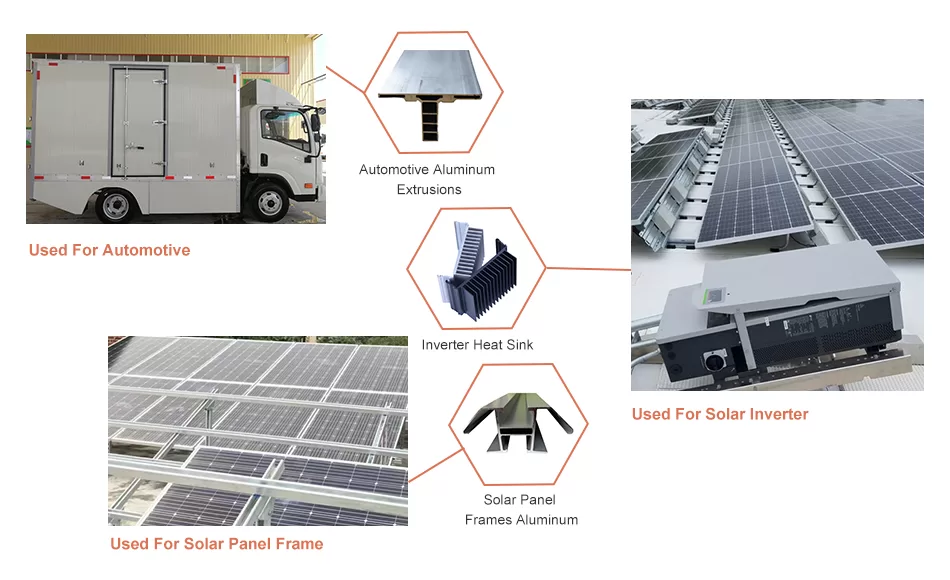In the realm of modern engineering, aluminum extrusion pipes stand as marvels of innovation, offering unparalleled properties that revolutionize countless industries. From lightweight yet robust structures to intricate shapes with exceptional precision, these pipes are propelling design possibilities to new heights.
Lightweight Strength
Aluminum’s inherent lightness, combined with its exceptional strength-to-weight ratio, makes extrusion pipes ideal for applications where weight optimization is paramount. In aerospace engineering, these pipes form the backbone of aircraft fuselages and wings, reducing fuel consumption and enhancing performance. In construction, aluminum extrusion pipes lend structural integrity to high-rise buildings and large-span bridges, withstanding significant loads while minimizing material consumption.
Intricate Shapes and Precision
Extrusion technology allows for the creation of intricate shapes in aluminum pipes, opening up endless possibilities for design innovation. From complex profiles for heat sinks and radiators to aerodynamic contours for automotive components, these pipes can be customized to meet the most demanding specifications. Advanced machining and finishing techniques further enhance precision, ensuring perfect fit and function in critical applications.
Enhanced Corrosion Resistance
Aluminum extrusion pipes are naturally corrosion-resistant, thanks to the formation of a protective oxide layer on their surfaces. This inherent durability makes them ideal for use in harsh environments, such as coastal areas, chemical processing plants, and marine applications. Additionally, protective coatings and alloys can further enhance corrosion resistance, ensuring longevity even in the most challenging conditions.
Sustainability and Recyclability
Aluminum extrusion is a highly sustainable process, consuming less energy than traditional manufacturing methods. Moreover, aluminum is infinitely recyclable, making it a responsible choice for environmentally conscious applications. By utilizing recycled aluminum, manufacturers can reduce their carbon footprint and contribute to a circular economy.
Conclusion
The continuous advancements in design and technology of aluminum extrusion pipes are driving unprecedented innovation in industries ranging from transportation to construction to electronics. Their lightweight strength, intricate shapes, enhanced corrosion resistance, and sustainability make them an indispensable material for modern engineering. As technology continues to evolve, we can expect even more groundbreaking applications for these versatile and advanced pipes.
